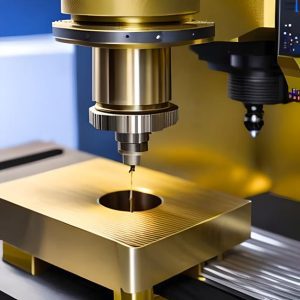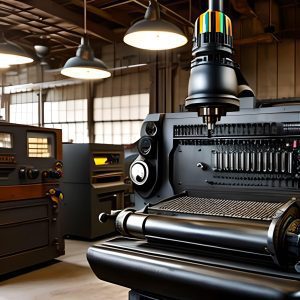VII. Future for CNC machining
Like any technology, CNC machining is always changing and getting better. The following are some significant developments and trends in CNC machining that we can anticipate seeing in the future:
AI and machine learning advancements: CNC machines are becoming more intelligent and autonomous as a result of the development of artificial intelligence and machine learning. As a result, their accuracy, efficiency, and chance of error will all be improved by allowing them to make decisions and changes in real-time.
Integration with Industry 4.0 technologies: By combining CNC machines with Industry 4.0 innovations like the Internet of Things (IoT) and Big Data analytics, manufacturing processes will be even more automated and optimized. This will make it simpler for businesses to monitor and enhance their production processes, cutting down on waste and increasing efficiency.
Possibilities for 3D printing and additive manufacturing: As these technologies advance, it’s possible that CNC machines with dual subtractive/additive manufacturing capabilities will be created. This would enable businesses to produce even more intricate and distinctive parts and products. This would further alter the manufacturing sector.
The future of CNC machining appears bright overall. Technology will continue to advance, making it increasingly more effective, versatile, and efficient. We may anticipate significant advancements and improvements in the industrial sector as a whole as more businesses adopt and utilize these technologies.




